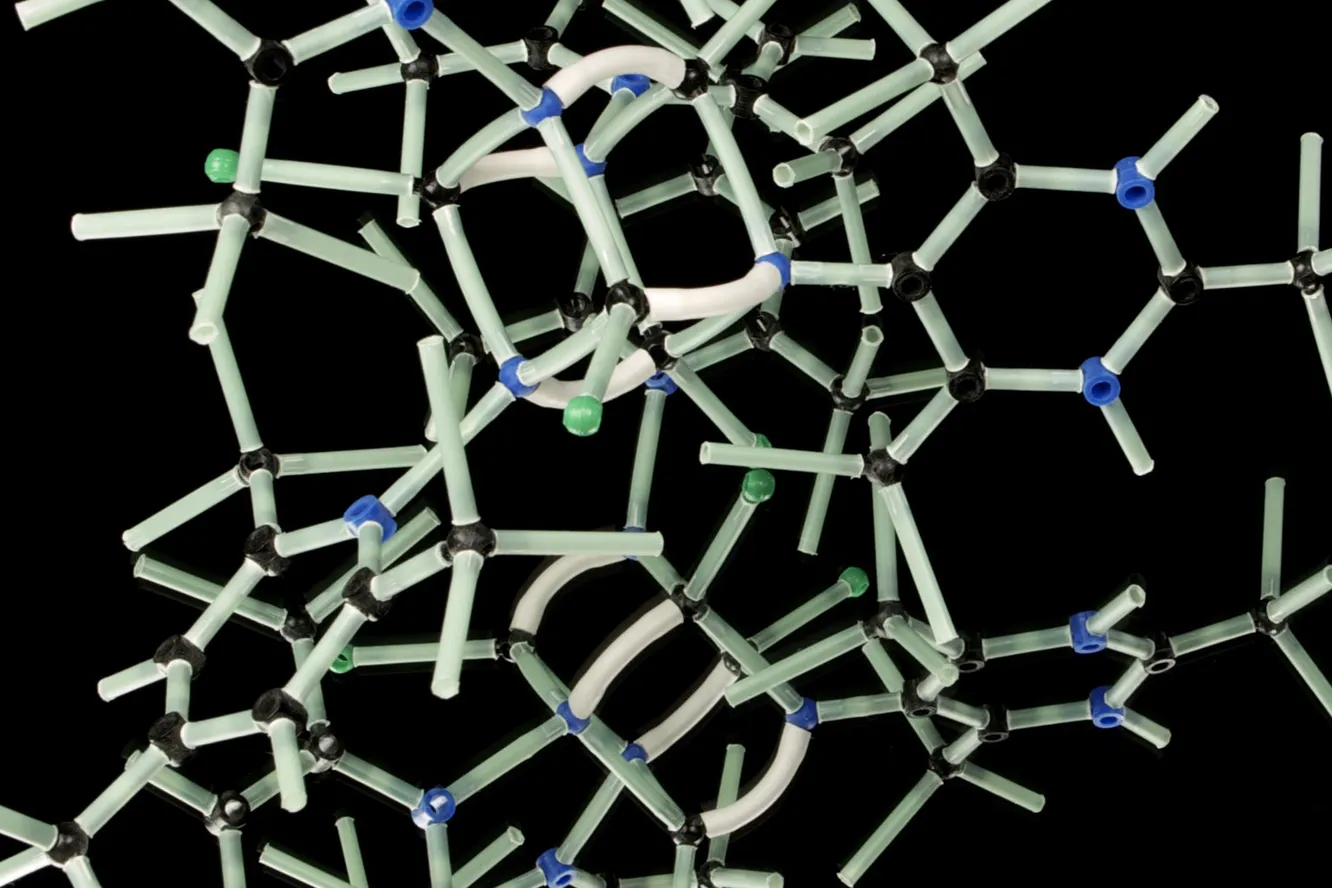Carbon dioxide can be used to make fuel, coal and even polyurethane for clothing, packaging or
How to make polyurethane, fuel or coal from CO2 using one reaction
- Polyurethane:
Scientists from Kyoto University have come up with a reaction in which CO2 is converted into a useful organic polymer.
The researchers used the main ingredient -porous coordination polymer (PCP), it contains metal and zinc ions. They capture CO2 molecules from the atmosphere and do so 10 times more efficiently than similar ECPs. Also, the authors noted that this polymer can even be used several times: during the experiment, it was effective for 10 cycles.
Based on the results of the work, the PCP with CO2 molecules remains -it can be processed into an organic polymer, and then into polyurethane, and used in many areas, for example, in clothing, packaging and in the development of car parts.

- Fuel:
Employees of the state physical laboratoryin Hefei, China, have created a new material that can be used to make fuel from carbon dioxide. According to the authors, they received formic acid. It cannot be used in internal combustion engines, but it can be used as a hydrogen carrier. Gaseous hydrogen is difficult to compress, but in the composition of formic acid concentrate it can be stored a thousand times more per unit volume of the container.
The researchers used solid electrolytes andbismuth catalyst. They used a solid electrolyte, since there are no impurities in it. Metallic bismuth was the key element in the transformation. The authors passed CO2 through a multilayer lattice of bismuth and made a negatively charged molecule from it - formate. The result is a 30% formic acid concentrate.
- Coal:
Scientists at the Royal Melbourne University of Technology (RMIT) have figured out how to turn CO2 back into coal at room temperature.
The researchers used a liquid catalystthe metal they got from an alloy of gallium, indium and tin with the addition of cerium. Then this catalyst was combined with a mixture of CO2 and liquid electrolyte. After that, under the influence of an electric charge, the catalyst created solid carbon flakes from carbon dioxide. They appear on the surface of liquid metal: they can be easily removed from the surface, and the substance can be reused.
The material can be placed underground without risk of leakage.

“Vacuum cleaner” for pumping CO2 out of the atmosphere
But to convert carbon dioxide into usefulsubstances, you must first collect it. This is done by special installations for capturing CO2 from the atmosphere. Some are located near fossil fuel plants to reduce damage, while others neutralize previously generated emissions. For example, the last type of installation was launched in September 2021 in Iceland. According to the founders of the enterprise, it is the largest plant for capturing CO2 from the atmosphere. In a year, the Orca plant will remove 4,000 tons of CO2 using geothermal energy: the gas will be pumped deep underground, where it will turn to stone in about two years.
In August 2021, the staff of the Paul InstituteScherrer PSI and the Swiss Higher Technical School of Zurich published a paper describing how to remove carbon dioxide from the atmosphere. They concluded that if the plant was located correctly and provided with the necessary energy, CO2 could be captured without harm to the climate.
During the normal process of removing CO2 from the atmosphere,The air is first forced through the absorbent using fans. This binds carbon dioxide until its ability to absorb the greenhouse gas is exhausted. After this, at the desorption stage, carbon dioxide is again released from the absorbent. This entire process takes place at temperatures up to 900 °C, or at 100 °C.
The authors highlighted the experience of a Swiss companyClimeworks: It works with a low temperature process. Scientists have analyzed five approaches to removing CO2 from the atmosphere, as well as eight locations for the installation, and found that this process can be organized with an efficiency of 97%.

Work in the office and clean up the environment
Company executives Skidmore, Owings &Merrill from the USA has figured out how to build a skyscraper that will remove CO2 from the air. They launched the Urban Sequoias project - an analogy with skyscrapers, which, like these plants, are taller than ordinary houses.
According to company representatives, onethe skyscraper will absorb up to 1,000 tons of carbon per year. About 48,500 trees can handle the same volume. This result can be achieved using several installations for removing carbon dioxide at once: in a skyscraper, special building materials are used that are made of carbon-absorbing substances, for example, hemp concrete, wood and bio-concrete. Algae and other plants will also be grown in the buildings, and a plant that directly absorbs carbon will be placed in the center.
The authors created a model of the functioning of such a building and found that over 60 years it would remove four times more carbon from the air than would be released during construction.

All the described discoveries and works are importantaddition to other measures to reduce emissions and stabilize the climate. Research in this area is necessary as it will help achieve the goal of limiting global warming by 2 ° C, which is set out in the Paris Agreement.
Read more:
Space exploration can cause humans to contract extraterrestrial viruses
Biologists have created a bacterium that destroys the protective shell of cancer cells
"The Last Hero": These missions will no longer return to Earth, but continue to transmit information